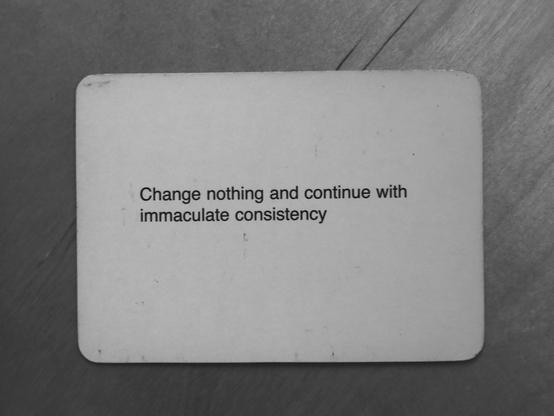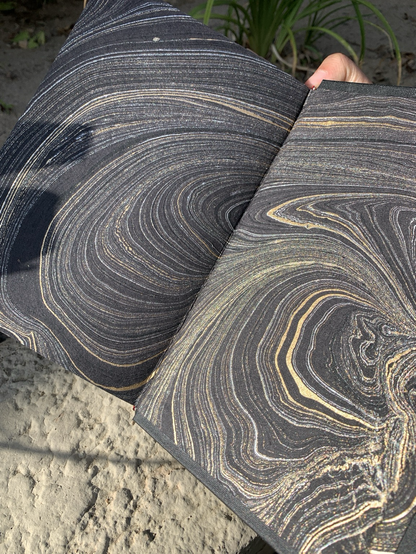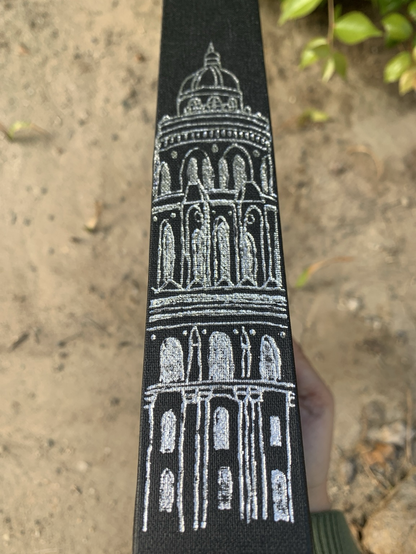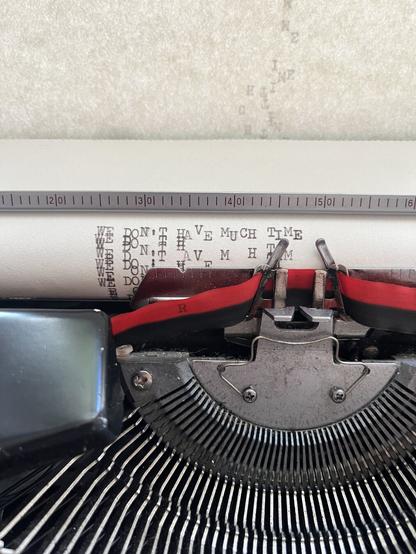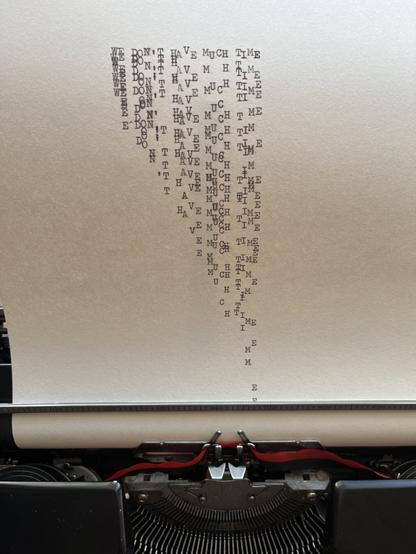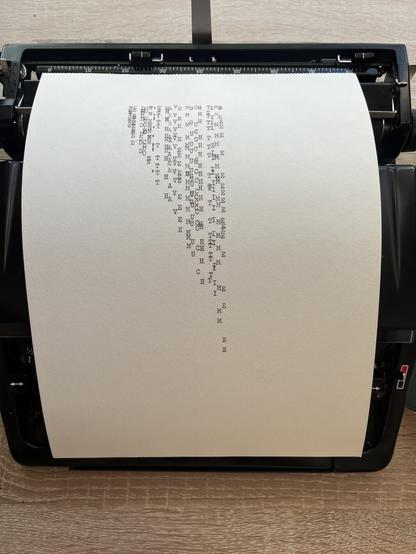Here’s a curated collection of public domain images to cure the wounds inflicted by AI art ❤️❤️❤️ and they’re on mastodon @publicdomainrev #art #noAI https://publicdomainreview.org/
Known "fun-haver" and "silly billy". Enjoys fixing or breaking computers. Thinks about languages and people. Slowly turning into sludge. Searching for the machine-world. Serene.
delete = forget
:skeleton:
Change nothing and continue with immaculate consistency
@vantablack tenpo li tawa li tawa... mi lape lon mun ale 😴
@chrismarquardt @TheBreadmonkey Hou hou! These are going in my compuoer pictures folder... 😌
Babel by R.F. Kuang
Front cover of the book is the English title of the book foiled in gold. Around it are Bible verses in Cantonese Chinese (Genesis 11:8-9) foiled in silver.
The back of the book is a mirror of the front. It has the Cantonese title foiled in gold. Around it is the English translation of the same bible verses.
#babel #rfkuang #bookbinding #handmadebooks #thepoppywar #rebinding #rebind #renegadebookbinding #renegadebindery #bibleverses #canto #cantonese #cantoneselanguage
I made this webpage thingie a bit ago that talks about how to make music/sounds with code and turn it into a wav file. https://machineflower.neocities.org/makingsounds
It's a work in progress, I still need to add something about sampling and demonstrate more concepts and maybe actually a real song or something. Anyway :ablobwobble:
#lua #algorithmicart
@MsDropbear42 Oh sorry, I don't use it so didn't know! I mostly meant them more as a visual so glad it helped.
@justsoup runit because Void Linux. it works really well, fast etc. I like how you add services by symlinking them, and then enable them with a command, and its easy to keep track of all the files involved.
@lritter n punch man, who wins after an arbitrary number of punches
@MsDropbear42 I'm late but an idea could be to represent the related idea of "hodge-podge" or "thrown together"? A few overlapping different shapes perhaps (eg. square triangle circle?
something like: https://www.flaticon.com/free-icon/shape_3894627
or
https://www.flaticon.com/free-icon/shapes_2058073?related_id=2059337&origin=search
@pharsicle comma or/and and and/or or *evil laughter*
@Dangerous_beans It's hard work
psst kids.. you can do the "liquid glass" animation thing easily with signed distance fields
https://iquilezles.org/articles/distfunctions2d/
@macberg (genuine)
@teadrinker I call it a clothes rack, but it's more a description than a name
@morachbeag I think it works pretty well mostly, I sometimes have to open Apple Pages documents with it, and even they're mostly readable, and from what ive heard MS Word compatibility is even better.
